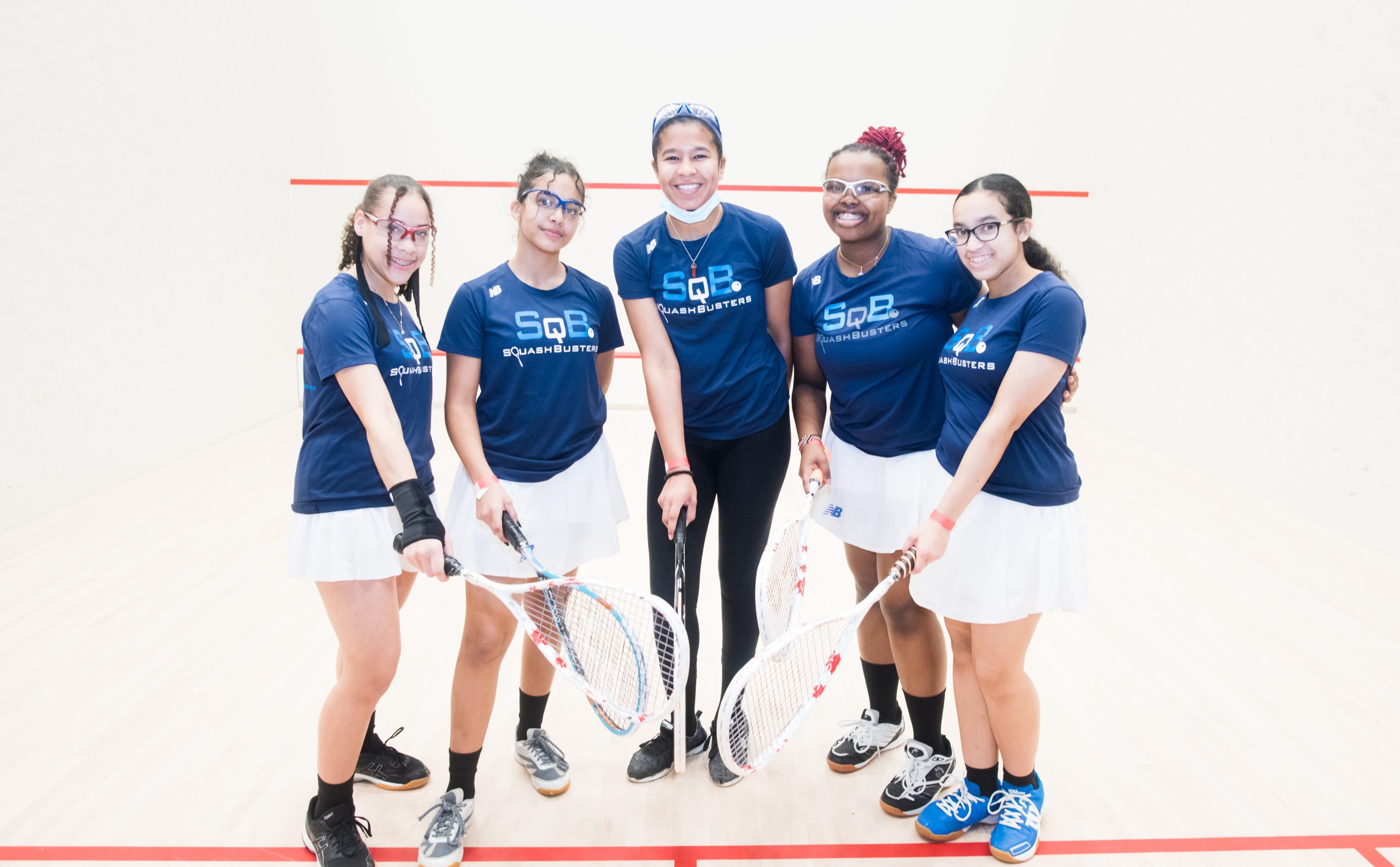
Robert Gibralter – pioneer of the famous steel squash court in New York and recently appointed Director of Growth at the Squash and Education Alliance – has launched a passionate defence of the state of the game in the States.
Squash Mad revealed last year that more than 400 US fitness facilities had dropped squash over the last decade and that some investors regarded the sport as “toxic”.
Squash also faces pressure from the dazzling growth of pickleball which has seen participation pass the five million mark in America, dwarfing squash’s estimated 200,000 players. Padel is also on the rise, albeit to a lesser extent than in its European growth hotbeds in Spain, Sweden, France, Italy and the UK.
Despite these challenges, Gibralter sees many reasons for optimism for American squash and even compares the current state of the game to the boom years of the 1970s and 80s.
“There’s growth in college squash, commercial squash and non-profit squash and education programmes,” he states. “This is even though there have been participation setbacks during Covid, and even while pickleball has been spreading almost as fast as Covid!
“The growth of squash in the USA, and in New York City in particular, feels like a significant upcycle, maybe bigger and more lasting than the North American squash boom days of the 1970s and 1980s!
“This growth has been attracting more and more teaching and coaching talent from around the world. The number of international pros now living and working in the USA, and planning to come, adds a significant growth and development factor that was not possible with North American squash in the 80s.”
Some of Gibralter’s perceived prosperity is occurring through the organisation for which he has volunteered for many years and has now joined in an executive role; the Squash and Education Alliance (SEA).
SEA’s network of non-profit organisations now has 19 hubs in the US as well as five affiliate members abroad, all using squash as a vehicle to educate and support over 2,500 young people in under-served communities.
Significantly, many of its 19 US programmes have created new facilities in recent years, including Steel City in Pittsburgh, SquashWise in Baltimore, CitySquash in the Bronx, SquashBusters Lawrence in Boston, and Portland Community Squash in Maine.
These facilities alone have added 31 courts combined and, Gibralter reveals, a new eight-court facility is to open in Bridgeport, Connecticut, which will serve as SEA’s de facto headquarters.
Outside the SEA network, Gibralter also has evidence to back up his optimism about the state of squash’s health, particularly in New York.
Open Squash is building a new eight-court facility on Pearl Street in the financial district to open later this year and plans to open a nine- or ten-court complex on Clark Street in Brooklyn in 2024.
The nine-court ‘412 Squash Center’ opened before Christmas at the Spence School in new York’s Upper East Side (albeit accessible only to pupils, parents, alumni of the school).
Nicol Squash, the brainchild of former world no.1 Peter Nicol, recently opened a street-level, walk-in squash centre with four courts and reportedly has plans to expand into New Jersey. StreetSquash is also opening its eight courts in Harlem to the local community.
“I see amazing passion, artistry and interest in the squash community over here,” stated Gibralter. “There is significant squash growth.”
The SEA has become a strong vehicle through which squash infrastructure is growing across the country, something which Gibralter hopes to accelerate in his new role as SEA’s Director of Growth.
A former hardball pro and no.1 player at Amherst College in Massachusetts, Gibralter has spent most of his career in advertising. He created the world’s first open-air steel squash court in 2020 at Maspeth Welding in Queens. It has since welcomed more than 1000 visitors and hosted amateur and professional tournaments. It is surrounded by steel sculptures and street art. “It continues to grow like a horticultural garden,” he says.
He began volunteering as a coach and mentor to young people at StreetSquash in Harlem (SEA’s second-oldest member) in 1999. In 2004, he was named US Squash’s ‘Volunteer Coach of the Year’.
On his new SEA role, he comments: “SEA is growing and doing really amazing, positive things. My new role is to collect the wisdom of the pioneers, help inspire, train and develop the talent of the future. It doesn’t feel much like work! It’s just a pleasure.
“Getting the eight-court facility in Bridgeport up and going is going to be crucial. It involves so many exciting aspects – architecture, creation of a programme and development of a very diverse community, to name a few.”
It is just one of the reasons that Gibralter is keen to offer a counter-argument to those forecasting the demise of squash in the USA and elsewhere.
“There are a lot of alpha dogs out there with so many opinions who like to tell us the sky is falling in,” he says. “That’s not what I see. In the US you will find tremendous commercial, institutional and parental support for junior squash. It’s the motherload, the growth engine and the sport is here to stay.”















 Phone: (800) 737. 6040
Phone: (800) 737. 6040 Fax: (800) 825 5558
Fax: (800) 825 5558 Website:
Website:  Email:
Email: 






